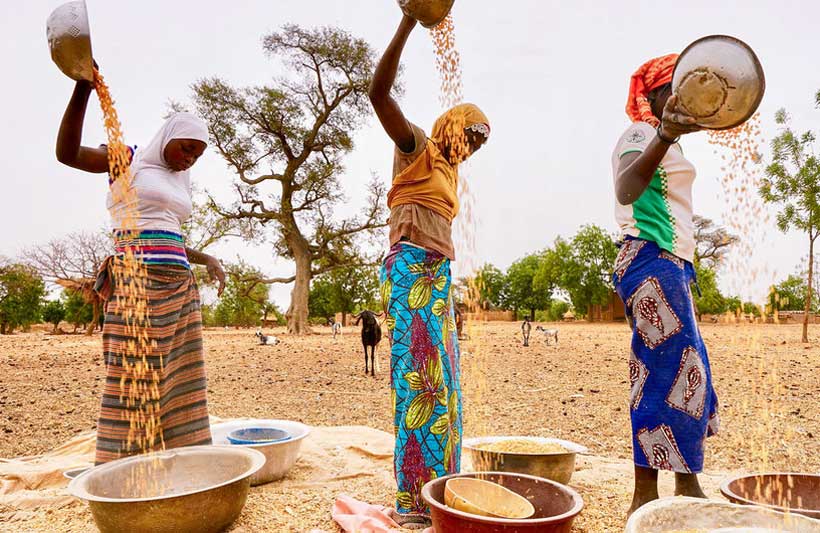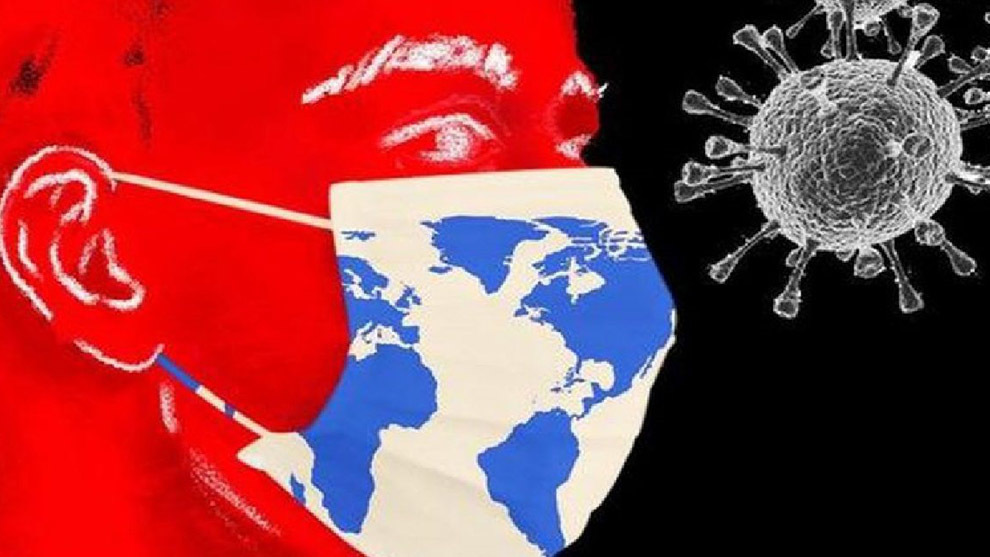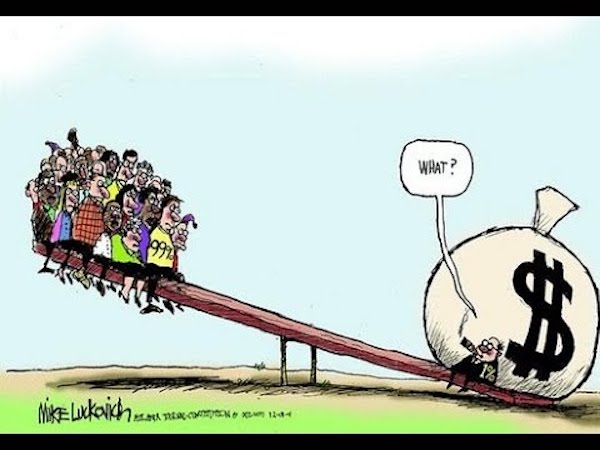Capitalism and the Fabrication of Food Insecurity
BY: Tamseel Aqdas* PEJOURNAL - Human security can be depicted as the notion through which the widespread and cross-cutting challenges to the survival, livelihood and dignity of individuals can be identified and protected. In simpler words, folks are protected against threats and situations that deem to violate their vital human rights. Thus, with human security, the protection and empowerment of people is promoted. With that said, under the umbrella of human security, food security holds immense significance; as, it is responsible for sustaining human life and health. In addition to that, it also stipulates individuals on the required energy for…


